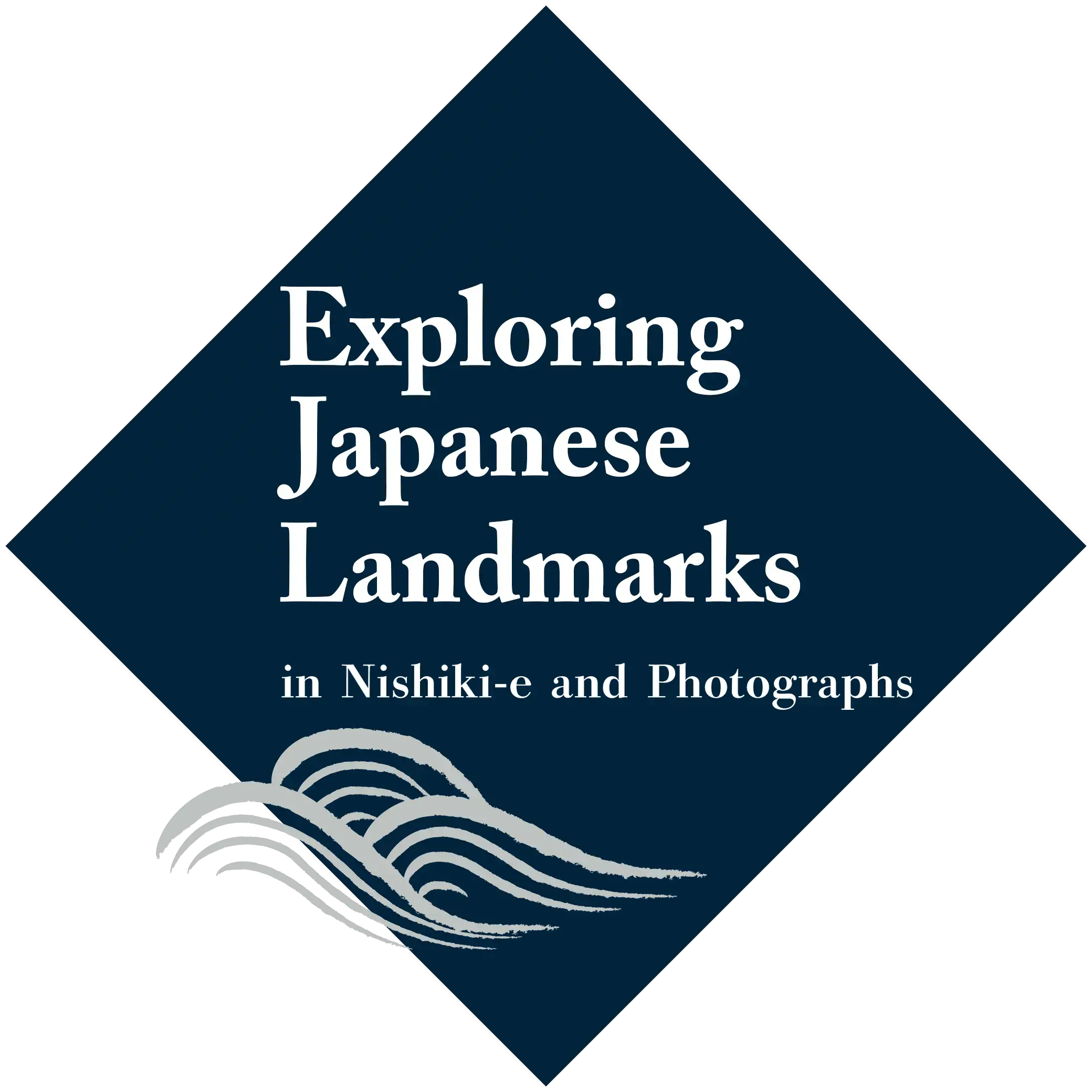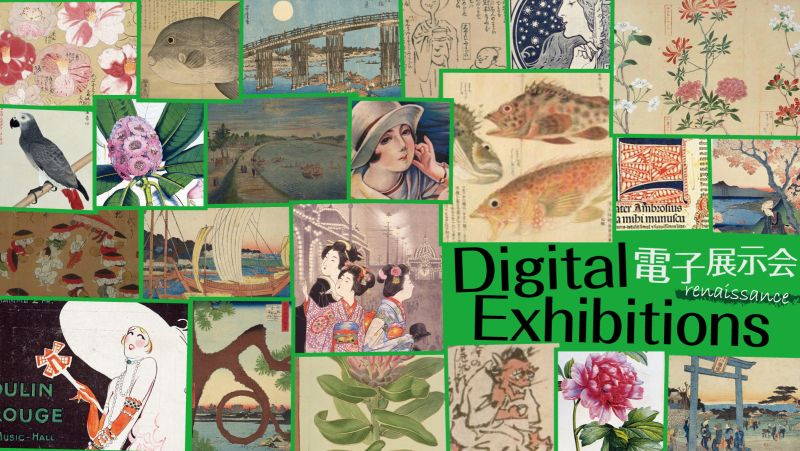
Suzaki
A sandback which jutted out into the ocean like a cape from Minami Shinagawa-shuku 1 chome along the Meguro-gawa River in a northeast direction. Originally called Kabutojima, it was a sandbank with no dwellings, however in 1655, people who rejected the obligation to provide labor and horses for transportation to government officials moved here, and Minami Shinagawa Ryoshimachi was established, then in 1834, the Shinagawa Shinkaiba (Kagatashinchi) reclamation of the frontage of the town was completed. On the tip the Susaki Benten-do Hall was located, and Kagatashinchi, Ryoshimachi and Shinagawa Kitahonjyuku were linked by the Toriumi-bashi Bridge. In addition, Ryoshimachi was also called "Shinagawaura", and as one of the Osai Sakana Hachigaura (8 fishing areas which presented seafood to the Shogun family) it offered up the fish it caught to the Shogunate government kitchens. Further, the specialty product of Edo, Asakusa Nori, was given the name because it was sold in Asakusa, however it was actually cultivated in seaweed farms in Samezu to the south of here.
Nishiki-e and Paintings
名所江戸百景 品川すさき
Other Materials
Landmarks around Suzaki
Shinagawa Yatsuyama Takanawa Ushimachi Sengaku-ji Temple Gotenyama Takanawa Shinagawa-shuku Station Shibaura Shiba-daijingu Shrine Kaian-ji Temple
